|
Ryan Friberg
I am a computer scientist with a broad range of interests mainly
focused on machine learning (specifically computer vision and natural
language processing), robotics, and computer graphics. Outside of
computer science, I am an avid runner and committed language learner,
actively studying four foreign languages at an intermediate to
advanced level.
|
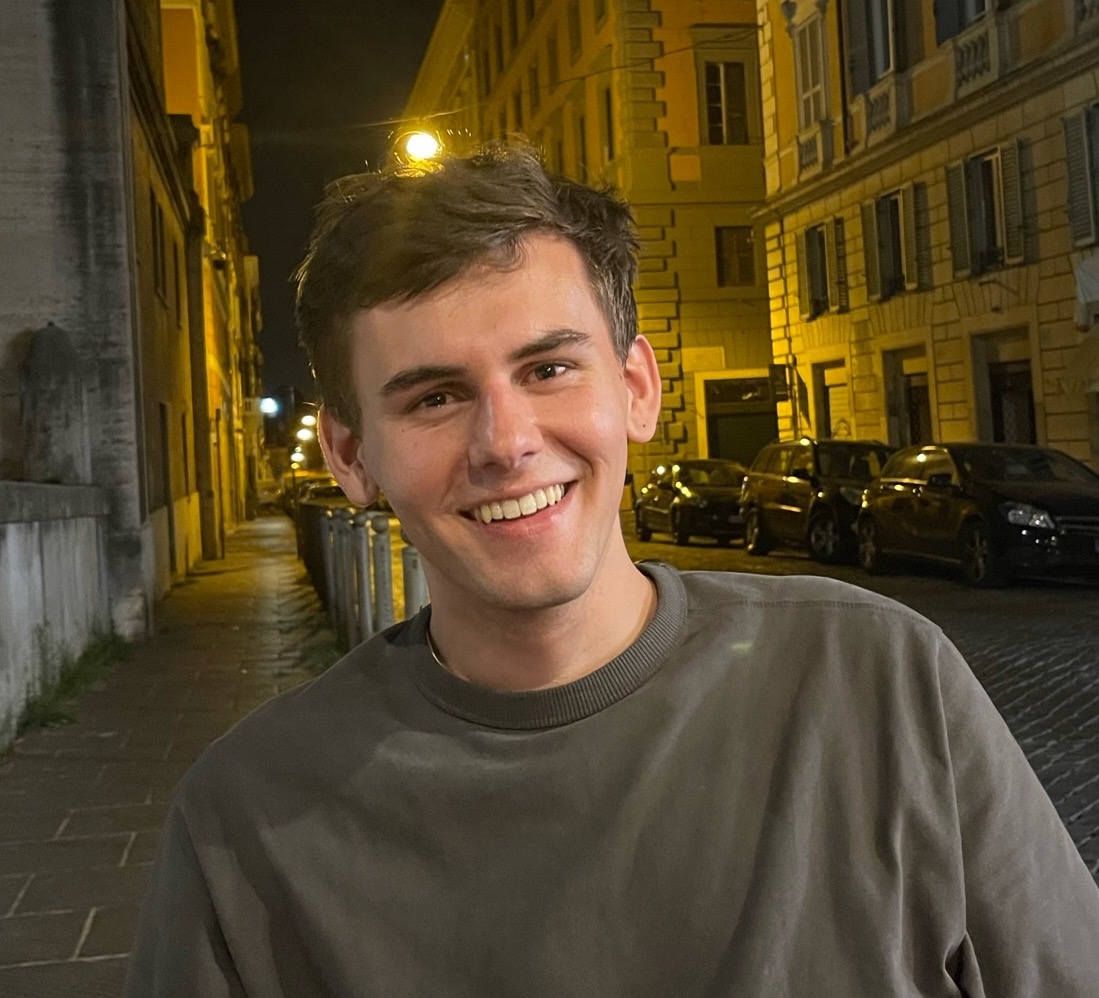
|
Current Ongoing Projects:

Custom GPU Game/World Engine
I am currently building a new custom real-time GPU game
engine from scratch in C++ with planned support for
rendering, physics, and an entity-component system. This
project currently uses OpenGL but has plans to expand to
Metal and Vulkan in the future.
Previous Projects:
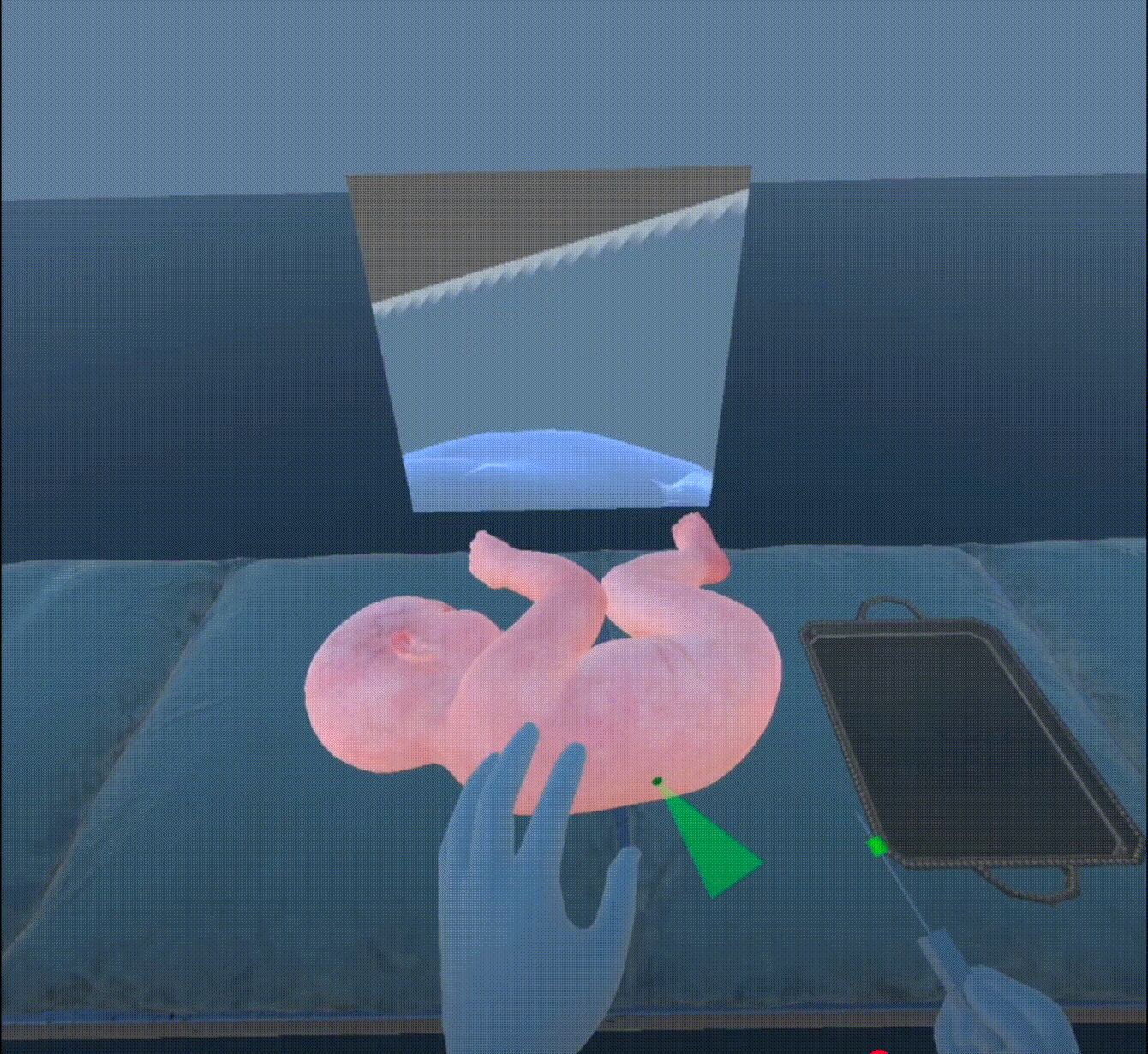
Visual Guidance for Infant Lumbar Puncture Training in XR
Published in IEEE in partnership with Columbia University's
School of Medicine, this is an educational system that leverages
XR features to give medical students more tangible practice
at pediatric lumbar punctures before needing to perform on a
patient. This tool used visual feedback and "gamified" the
procedure to better teach students while encouraging them to
continue practicing and improve their technique.
(Unity, C#), IEEE paper
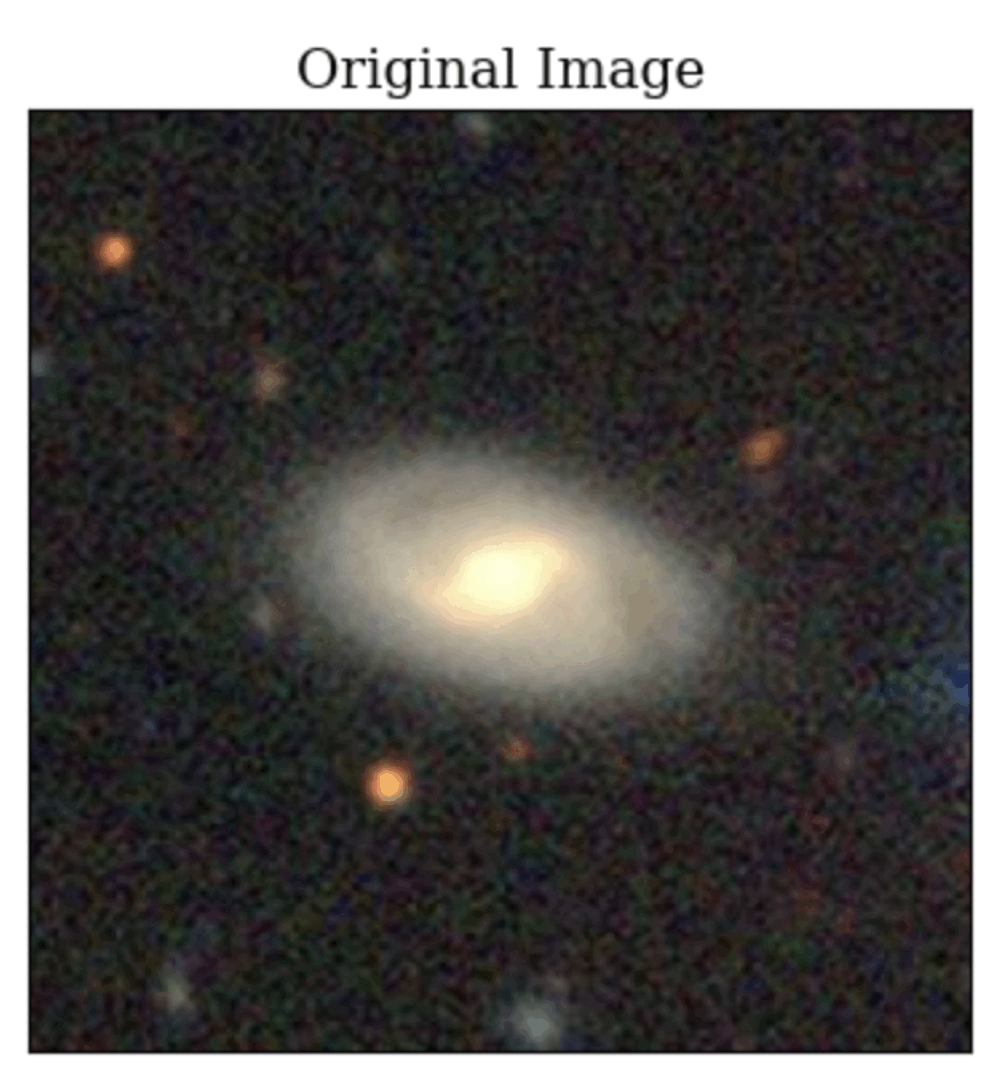
GalaxIDNet: Context-based Image Retrieval
A context-based image retrieval pipeline built on a custom ViT
implemenation and trained on the Galaxy10 DECaLS dataset. This
system queries a database using learned visual features only,
and returns the top-k most similar results as determined by a
custom similarity scoring metric. The purpose of this tool was
to allow for an astrophysics researcher to be able to pool
examples of visually similar galaxies to facilitate the study
of galactic evolution and cosmology.
code (torch), paper (unsubmitted/unpublished)

Image-to-Music: The "Hans Zimmer" Model
A deep learning pipeline that consisted of finetuning a ViT
on scraped images of diverse scenes that depict certain emotions
(calm, gloomy, happy, etc.) and leveraged the search queries
to assign the metadata/labels for any given image. The pipeline
scraped YouTube for audio depicting the same set of emotions,
using the emotional categories as the method of mapping from
one modality to the other. The audio was clipped into small
chunks and converted to spectrogram image data. The final part
of the pipeline was fine-tuning Stable Diffusion to directly
generate spectrogram images given a sequence of unique tokens
(keywords/emotions) generated by the first model.
code (torch, huggingface), paper (unsubmitted/unpublished)

Recreation of End-to-End Robotics Perception and Motion Planning Systems
A robotics system for environment perception as well as path
planning and control. For perception, it used a U-Net semantic
segmentation network for detection of objects in the robot's
pick-and-place task environment. This stage of the pipeline
leveraged algorithms such as ICP to perform pose estimation,
and had implementations of both visual affordance and action
regression grasp prediction systems. The path planning and
obstacle avoidance functionality was built off of the RTT
algorithm.
(pybullet, torch), no associated paper
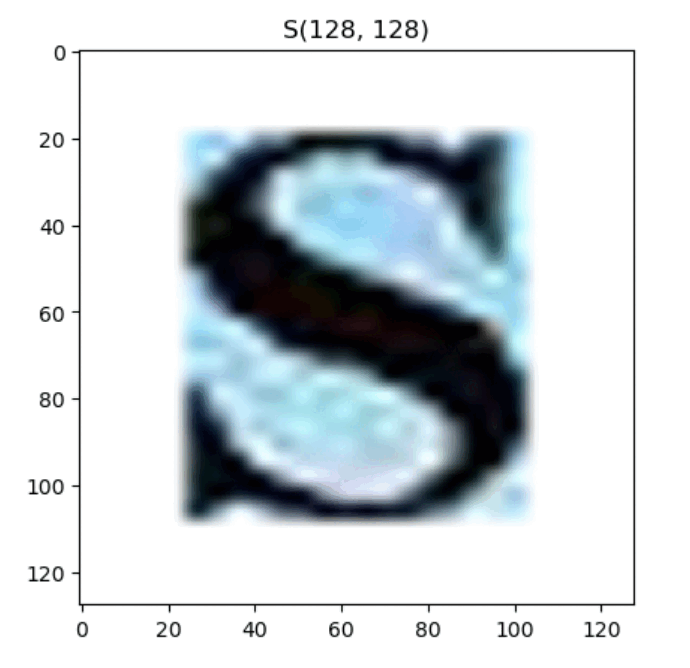
Context-Limited Optical Character Recognition
Custom resnet architecture trained on image data containing
individual letters (both upper and lowercase) and numerical
digits. The main research question was, using a large
conglomerate custom dataset consisting of a visually diverse,
but strictly binary images, determining if a neural network
could still extrapolate text information from raw images
containing text characters in any visual context. The
pipeline used Google's Pytesseract for object detection and
the custom network for recognition.
code (torch), paper (unsubmitted/unpublished)
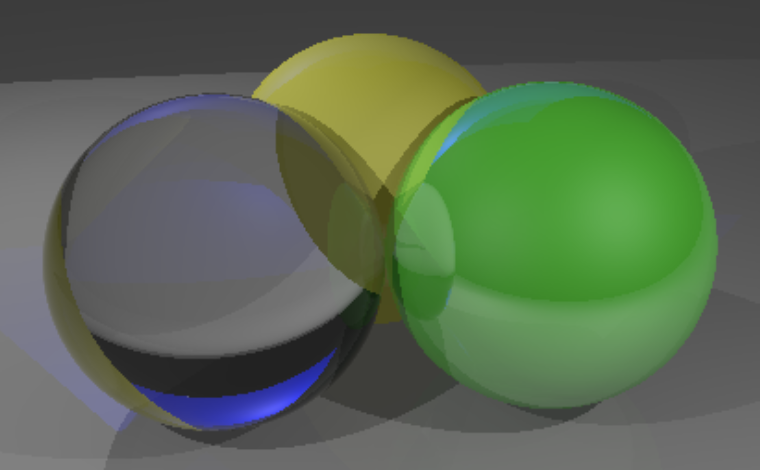
Ray Tracing Platform
A ray tracing platform with implementation of various
components. This includes materials (such as Blinn-Phong or
glass), illumination, shadows, reflections, mesh support,
text mapping, and optimizations such as the utilization of
bounding volume hierarchies. Images are generated by firing
simulated rays through each pixel of the screen and computing
all of each rays' interaction with the scene and calculate
what the resulting color of each pixel is. Instead of
real-time rendering, this engine's goal was pre-rendering
one image at a time but to a high degree of realism.
(C++), no associated paper
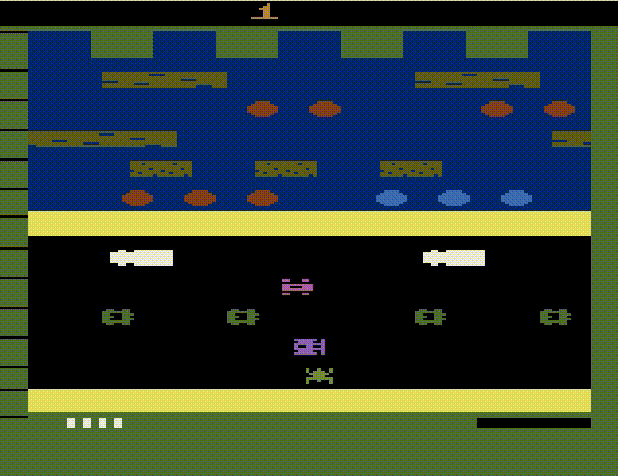
Resource Restricted Deep Reinforcement Learning
A deep-Q reinforcement learning network using experience
replay on a state-space restricted memory bank. This project
experimented with various reward systems and training
configurations with the goal of demonstrating that imposing
optimal restrictions on the network (to avoid spending time
training on superfluous actions or game-state information)
can allow reinforcement learning to improve gameplay even in
heavily resource restricted environments on reasonable
timescales (hours on a single GPU). The model was trained on
Frogger for the Atari 2600, Super Mario Bros. for the NES,
and Flappy bird fom iOS using OpenAI Gym, with demonstrable
gameplay improvements in each over the course of training.
code (torch), paper (unsubmitted/unpublished)
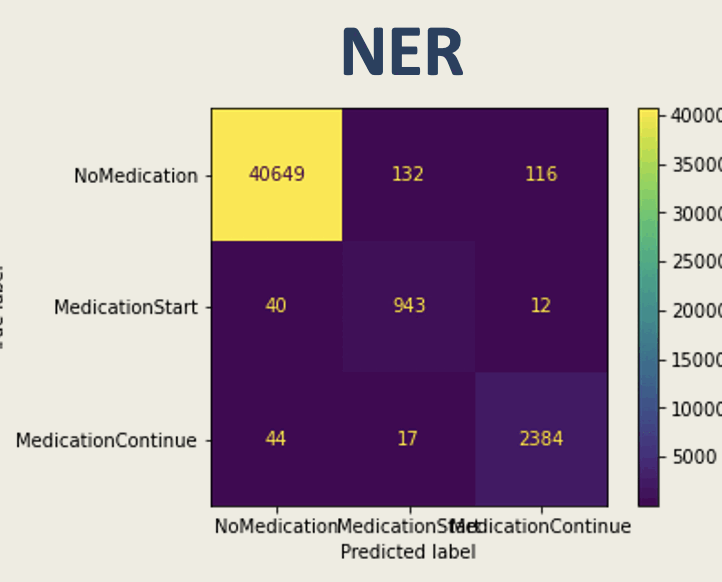
Contextualized Medication Event Extraction
A deep-learning NLP pipeline in accordance with the Havard
Medicine National NLP Clinal Challenge (unsubmitted to the
competition due to logistical reasons). Many transformer-based
large language models (BERT, DistilBERT, GPT-2, etc.) were
deployed and compared on the task of processing and extracting
relevant medical information from raw physican note text
data. The implementation achieved success in areas such as
named entity recognition (NER) and various contexts in which
diagnoses were given.
code (torch, huggingface), paper (unsubmitted/unpublished)
Misc. Smaller Machine Learning Projects
In addition to the projects listed above, I have additional
experience with many other smaller machine learning projects.
Examples that fall into this category include the implementation
of specific network architectures from scratch (LSTMs, ViT,
etc.) among others. Please find a few examples below:
code (torch) Vision models
code (torch, lightning) Language models